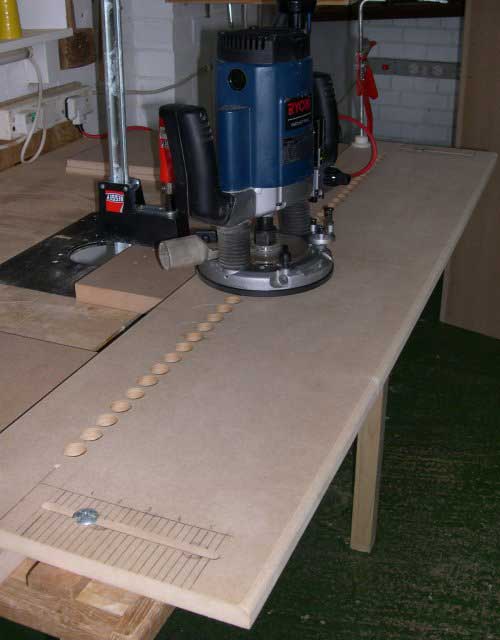BrianD
Established Member
I am making a book cabinet at present.
I have constructed the key parts and wish to assemble.
Before I do, I need to "drill" out the shelf support pins; however, the pin size is 5mm and not 1/4" or 6mm so the pin does not sit in the hole correctly.
Now ol' Norm uses a router with a fixture (jig for US folks) with a bit and pops the holes quite easily - I have a lot of holes to make.
So....what bit does he use?
I can use a drill c/w bit but I like the method as the orientation and depth is clearly controlled.
Suggestions please
Does any know?
I have constructed the key parts and wish to assemble.
Before I do, I need to "drill" out the shelf support pins; however, the pin size is 5mm and not 1/4" or 6mm so the pin does not sit in the hole correctly.
Now ol' Norm uses a router with a fixture (jig for US folks) with a bit and pops the holes quite easily - I have a lot of holes to make.
So....what bit does he use?
I can use a drill c/w bit but I like the method as the orientation and depth is clearly controlled.
Suggestions please
Does any know?






